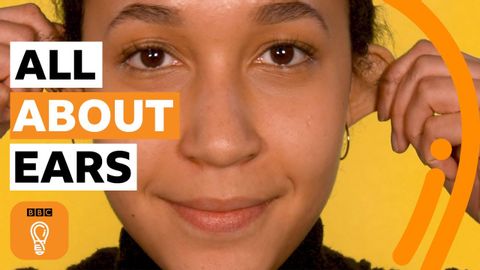為什麼你的耳朵是獨一無二的(而且令人驚奇!)|BBC創意。 (Why your ears are unique (and amazing!) | BBC Ideas)
Summer 發佈於 2021 年 01 月 14 日  沒有此條件下的單字
沒有此條件下的單字US /əˈpærəntlɪ/
・
UK /əˈpærəntli/
US /prɪˈtɛnd/
・
UK /prɪ'tend/
- v.t./i.假裝;裝做
- adj.虛假的
- n. (c./u.)假裝
US /ˌdaɪəˈbitɪs, -tiz/
・
UK /ˌdaɪəˈbi:ti:z/
- n. (c./u.)糖尿病;第一型糖尿病;第二型糖尿病;妊娠糖尿病
US /ˈenʃənt/
・
UK /'eɪnʃənt/

